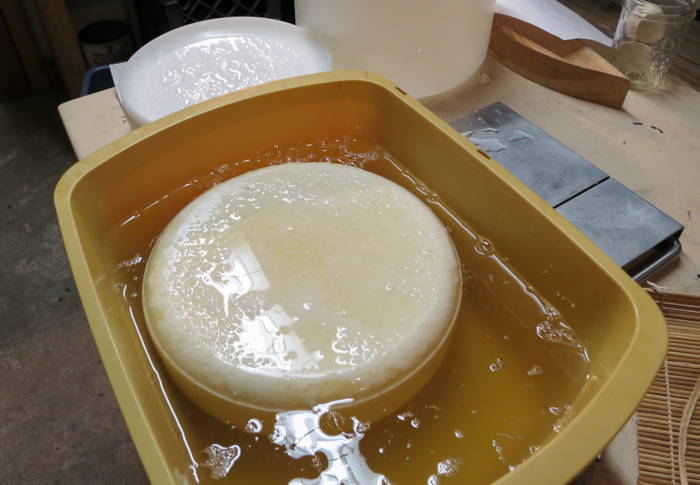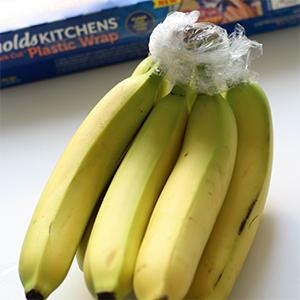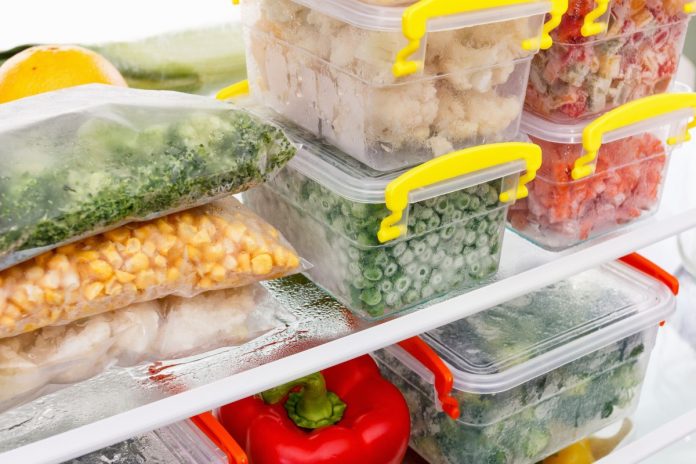I’m a prepper and so I don’t want to see something go to waste. Food is one of the first items on my mind that I strive not to waste. Food is costly, even. Natural disasters are increasingly occurring and make it even more costly. For this reason, I still do my utmost to make the most of my meal.
Which includes making sure I use all the food I have, as well as having the best conditions for storing it. Here are the hacks that I have used over the last few years. Some of them may become familiar to you, while others may come as a shock.
1. Cheese


Prevent the cheese from being dry and moldy, by producing your own brine. Into two cups of water dissolve two teaspoons of kosher salt. Stir until the salt dissolves.
Make sure that the cheese is completely coated with brine. When you already have quite salty cheese, you should submerge it in plain water. Store in fridge in a closed jar.
2. Store Garlic
It’s said to scare off vampires, but garlic hates light and moisture. Keep it in a dry, dark place at room temperature to avoid moldy garlic. A perfect way to do this is to put it in a paper bag that has holes punched to keep air circulating. You can also store the garlic on a wire-mesh basket in the cupboard. Such garlic can be stored safe for up to 6 months.
Related: How to – Food Preservation Techniques
3. Keep Onions Fresh
Onions can be picked over the winter, and processed. They need to be kept aerated and dry. You need to cure them first. In a warm airy spot, spread the onions out into a single layer. Once they are dry, t rim the roots, with scissors. Dried onions are packed in mesh containers. Putting them in a clean pair of pantyhose and hanging them handy for use is an easy and cheap way to do this.
4. Leftover Tomato Paste
If you have some leftover tomato paste, place it on a baking sheet. You can make a specific number of portions, depending on how many you use each meal. Then roll each piece as a candy, put all your “candies” in a Ziploc bag and put it in the freezer. You can use it for a period of 5 months.
5. Bug-Free Dry Goods
Did you know that a bay leaf will deter insects from making your flour supply their home? Beetles, weevils, moths, cockroaches, ants and flies don’t like bay leaves smelling. Place dried bay leaves in your dry-goods containers. It works on meal, rice, and pasta. Within your cupboards and shelves, you can add fresh or dried bay leaves as well.
Related: Homemade Garden Pest Traps
6. Freeze Everything That Can Be Frozen
Off season fruit, vegetables, and fresh herbs may all be frozen and used.
If you have your own garden or buy more when in season, freezing them is a great way to save money and have fresh off season food. Chop, and make green ice cubes to freeze fresh herbs. These can spring up into soups, stews, and sauces.


7. Wilted Herbs
Place your wilted herbs in the oven for a few minutes on a baking tray. Place the herbs in a sealed jar until they are done, and use them whenever you need them.
8. Fresh for longer
Ginger, green onions, and radishes will last longer and remain fresh if stored in a water-filled sealed container.
9. Keep your fruits fresh
Add 3 parts water to 1-part vinegar. Wash and dry your berries in this mixture and then refrigerate. Strawberries, blueberries and blackberries are going to last longer, and will not go moldy.
10. Fresh bread for longer
Place a piece of celery inside your bread bag. After over a week the bread does not get moldy.
11. Milk
Place a pinch of table salt in your jug of milk and put it in the freezer. The salt will stop you spoiling your milk.
Related: How to Freeze Food Without Plastic
12. Bananas
By wrapping the stems of your bananas in a plastic wrap, they will brown much more slowly.


13. Green Salad
Keep the green salad in a kitchen towel. Put it in a closed container, and store it in the freezer. The towel will remove moisture, so it will keep your salad fresh for longer.
14. Smart Saucer
Using your blender, or food processor, you can make a nutritious pasta sauce. Freeze it and when you need it, it is prepared. This is a perfect way to seasonally store extra tomatoes.
15. Try Your Hand at Dehydrating
Here’s one more brilliant idea! New dehydrators have several shelves. So, many foods may be dehydrated at once-as long as they have the same dehydration time. The trick is about planning and understanding how long it takes to dehydrate. Most foods can be dehydrated.
16. Get Creative with Appliances
Would you like to try drying before you buy a dehydrator? Use these ideas: Use your oven as a dehydrator. Preheat to 145 degrees on oven. The fruits and veggies turn out to be crisp and delicious. Dehydrate the meat at 150 degrees to make it jerky. Use parchment paper for fruit leather recipes.
Try to increase the temperature for six to eight hours, and dry a shorter time. Allow use of your dehydrated toaster oven. Set your toaster oven to as low as it will go. Leave the door slightly ajar. Check often.
17. Use the Old Sun Dry Method
For decades, sun-drying has been around. It is time-consuming but it is easy and cost-effective. Set food in the sun in trays on parchment paper. This can take several days to dry. Cover with mesh for holding off insects and flies.
There are hundreds of ways with little effort to save small amounts and incredibly large amounts of money. I hope this article has given you some ideas.





















